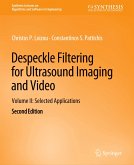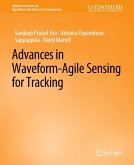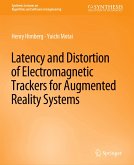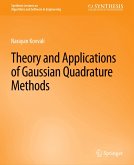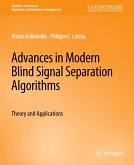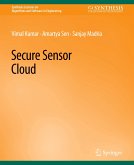It is well known that speckle is a multiplicative noise that degrades image and video quality and the visual expert's evaluation in ultrasound imaging and video. This necessitates the need for robust despeckling image and video techniques for both routine clinical practice and tele-consultation. The goal for this book (book 1 of 2 books) is to introduce the problem of speckle occurring in ultrasound image and video as well as the theoretical background (equations), the algorithmic steps, and the MATLABTM code for the following group of despeckle filters: linear filtering, nonlinear filtering, anisotropic diffusion filtering, and wavelet filtering. This book proposes a comparative evaluation framework of these despeckle filters based on texture analysis, image quality evaluation metrics, and visual evaluation by medical experts. Despeckle noise reduction through the application of these filters will improve the visual observation quality or it may be used as a pre-processing step for further automated analysis, such as image and video segmentation, and texture characterization in ultrasound cardiovascular imaging, as well as in bandwidth reduction in ultrasound video transmission for telemedicine applications. The aforementioned topics will be covered in detail in the companion book to this one. Furthermore, in order to facilitate further applications we have developed in MATLABTM two different toolboxes that integrate image (IDF) and video (VDF) despeckle filtering, texture analysis, and image and video quality evaluation metrics. The code for these toolsets is open source and these are available to download complementary to the two books. Table of Contents: Preface / Acknowledgments / List of Symbols / List of Abbreviations / Introduction to Speckle Noise in Ultrasound Imaging and Video / Basics of Evaluation Methodology / Linear Despeckle Filtering / Nonlinear Despeckle Filtering / Diffusion Despeckle Filtering / Wavelet Despeckle Filtering / Evaluationof Despeckle Filtering / Summary and Future Directions / References / Authors' Biographies
Bitte wählen Sie Ihr Anliegen aus.
Rechnungen
Retourenschein anfordern
Bestellstatus
Storno


